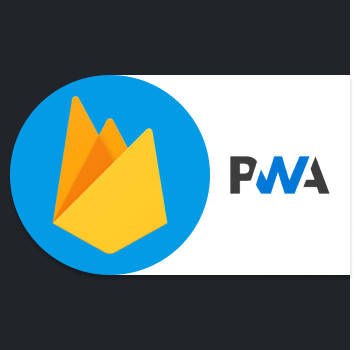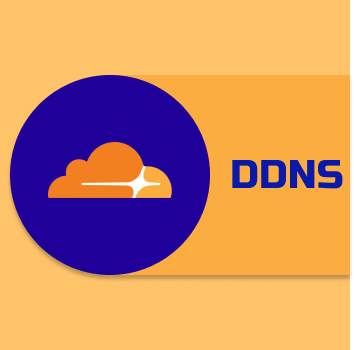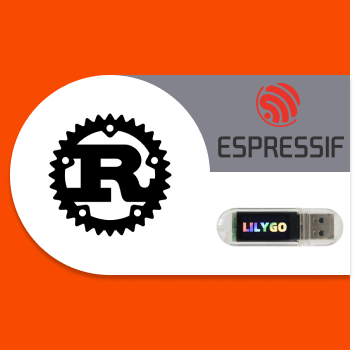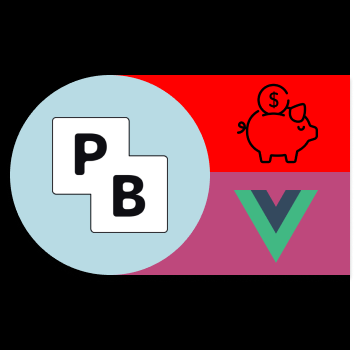Imagine having multiple devices running Docker containers. How do you effectively manage all these containers? Personally, I’ve found the solution with Portainer. I can have a master running the main program and multiple agents running on the devices. In this blog post, I will explain various setups that are possible.






